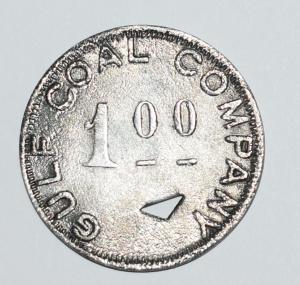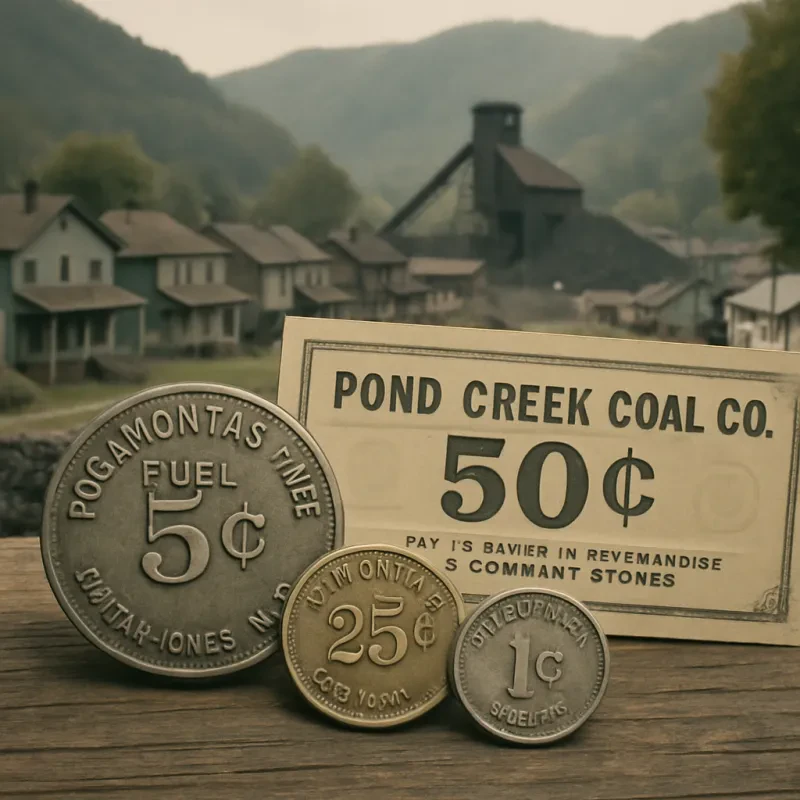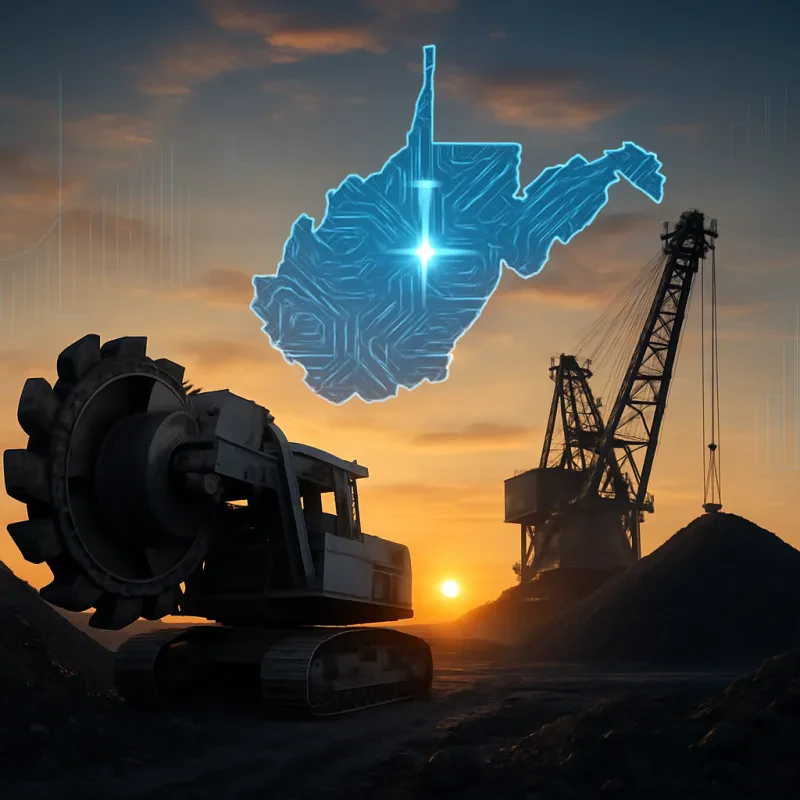Coal is primarily found in sedimentary rock formations around the world. It forms from the remains of ancient plants that have been buried and compressed over millions of years. These deposits can be found in many regions, but the largest reserves are located in the United States, China, India, and Australia. Understanding where coal is found can help us explore how is coal extracted from the Earth.
In the United States, the largest coal-producing states include Wyoming, West Virginia, Pennsylvania, and Kentucky. Wyoming's Powder River Basin is particularly famous for its vast deposits of low-sulfur coal. In contrast, countries like China and India have rich reserves that support their growing energy needs. In these regions, coal is mined extensively to fuel power plants and industries.
Coal deposits vary in thickness and quality, which influences how is coal extracted. Some mines operate in deep underground tunnels, while others utilize surface mining techniques. Surface mining is often chosen in areas where coal is closer to the Earth’s surface, making it easier and cheaper to access. In contrast, underground mining requires more complex methods and safety measures to ensure the safety of workers.
Exploration for coal can involve a combination of geological studies and drilling to assess the extent of deposits. Once a viable location is identified, mining companies use various techniques to extract the coal efficiently. It's a challenging process that requires careful planning and consideration of environmental impacts.
Methods of Coal Extraction
Coal extraction is an essential process in meeting the world's energy needs. There are several methods used to remove coal from the earth, depending on the location and depth of the coal deposits. Understanding how is coal extracted can help us appreciate the efforts and technologies involved in this process.
One of the primary methods of coal extraction is surface mining, which is commonly used when coal deposits are found near the surface. In this method, large machinery is employed to remove the overburden, or layers of soil and rock that cover the coal seam. Once the overburden is removed, the exposed coal can be extracted easily. This method is more efficient and cost-effective than underground mining, making it a popular choice in many regions.
On the other hand, underground mining is used when coal is located deep beneath the earth's surface. This method involves creating tunnels or shafts to reach the coal seams. Miners use a variety of tools and machines to extract the coal while ensuring their safety underground. Although underground mining can be riskier and more expensive than surface mining, it is necessary for accessing deeper coal reserves.
In addition to these traditional methods, advanced technologies have emerged to enhance coal extraction processes. For example, longwall mining is an efficient underground method that involves the use of shearers to cut large panels of coal. This allows for a more streamlined operation and minimizes waste. Understanding how is coal extracted using modern techniques is crucial for optimizing productivity and reducing environmental impacts.
The Mining Process Explained
The mining process for coal involves several key steps that transform the raw material from the earth into a usable resource. First, before any coal can be extracted, miners assess the site to determine the best methods for extraction. This involves studying the geology of the area and identifying the type of coal present, whether it’s lignite, bituminous, or anthracite. Understanding these details is crucial for deciding how is coal extracted most efficiently and safely.
Once the site has been evaluated, miners prepare for extraction by removing any overburden, which is the layer of soil and rock that sits on top of the coal seam. This can be done using heavy machinery such as bulldozers and excavators. In surface mining—often employed for coal that’s closer to the surface—strip mining techniques are common. This process involves digging out strips of overburden to reveal the coal, allowing large shovels to scoop it up for further processing.
For deeper coal deposits, underground mining techniques are utilized. This involves digging tunnels and shafts to reach the coal seams hidden beneath the earth. Once underground, miners use specialized equipment to extract the coal, often employing a method called room and pillar mining. This method creates large rooms of coal while leaving behind pillars to support the mine’s structure. Both methods aim to maximize extraction while ensuring the safety of the miners.
After the coal has been extracted, it goes through a processing phase, where it is crushed, screened, and washed to remove impurities. This is important because high-quality coal is much more valuable for energy production. Understanding how is coal extracted and processed is a key part of the coal industry, ensuring the fuel produced meets the needs of power stations, steel manufacturers, and other end users.
Impact on the Environment
Coal extraction has significant impacts on the environment that are important to understand. When we ask, how is coal extracted, it's crucial to consider not only the methods used but also the environmental consequences they bring. The most common methods of coal mining include underground mining and surface mining, each with its unique challenges and effects on the ecosystem.
Surface mining, in particular, can lead to the removal of large areas of land. This process involves clearing forests, topsoil, and vegetation, which disrupts local habitats and leads to soil erosion. When the topsoil is stripped away, the land's natural ability to support plant life is compromised, often resulting in barren landscapes that take years to recover. The destruction of these habitats also threatens numerous species, pushing some to the brink of extinction.
Moreover, coal extraction can pollute nearby water sources. When coal is mined, it often comes with a variety of minerals and contaminants. These substances can leach into rivers and streams, leading to water quality issues that affect both wildlife and communities that rely on this water for drinking and agriculture. The runoff from mining sites can contain heavy metals and acidic water, which can seriously harm aquatic life and disrupt local ecosystems.
In addition, the burning of coal contributes to air pollution, releasing greenhouse gases and harmful particulates into the atmosphere. This not only affects air quality but also contributes to climate change, which has far-reaching effects on the planet. Understanding how is coal extracted helps highlight these environmental challenges, making it essential for us to consider cleaner and more sustainable energy sources as alternatives to coal.







